
The final cockpit recording from the AI-171 crash revealed startling concerns of a technical glitch after an unexpected engine fuel cut-off. Adding to the controversy, it emerged that the FAA had issued a 2018 advisory flagging potential issues with the Boeing 787’s fuel control switch lock. Meanwhile, in a bizarre case of love across borders, a Bangladeshi woman was jailed in Tripura after illegally crossing into India to meet her Instagram boyfriend. On a brighter note, Isro cleared a key hurdle in its Gaganyaan mission after successfully passing final tests. In Uttar Pradesh, ATS officials demolished a ₹3 crore villa belonging to Chhangur Baba, the alleged mastermind of a mass religious conversion racket. Here are today’s top developments at a glance.Inside the cockpit: ‘Why did you cut off …?’ What was the last conversation between AI 171 pilotsThe final exchange between flight captain Sumeet Sabharwal and first officer Clive Kunder was captured on the cockpit voice recorder of the London-bound Air India 787 that crashed in Ahmedabad. According to a 15-page preliminary report by the Aircraft Accident Investigation Bureau (AAIB), one pilot was heard asking, “Why did you cut off?” after the fuel supply to both of the aircraft’s engines was cut off. The other pilot responded, “I did not do so,” implying a possible technical issue or involuntary activation. Read more‘Advisory, not mandatory’: Did FAA flag fuel control switch issue on Boeing jets in 2018?According to the first investigation on the Ahmedabad Air India tragedy, a 2018 US report had identified the “potential for disengagement of the fuel control switch locking feature.” The report states that the Federal Aviation Administration (FAA) identified a possible disengagement of the fuel control switch locking feature in Boeing aircraft, including the B787-8 equipped with comparable part numbers, in their Special Airworthiness Information Bulletin (SAIB) No. NM-18-33, which was issued in December 2018. Read more‘Met on Instagram’: Bangladeshi woman crosses border to meet lover from Karnataka; lands in jailA Bangladeshi woman has landed in a Tripura jail after she crossed the international border to meet the love of her life, whom she met virtually eight months ago. Her boyfriend, who traveled from Karnataka to meet her, is in judicial custody as well. Datta Yadav from Karnataka met Gulshana Akhter, a resident of Palsa village in the Bogura area of Bangladesh, on Instagram. Their relationship got stronger over the months courtesy of many texts, shared images, and video conversations filled with promises. Read moreIndia’s crewed space mission: Gaganyaan Propulsion System clears tests — Why this mattersAnother significant milestone in India’s crewed space voyage has been reached with Shubhanshu Shukla, the country’s first astronaut, aboard the International Space Station. On Saturday, Isro announced that it has successfully finished the Gaganyaan Service Module Propulsion System (SMPS) qualifying testing. This brings Isro one step closer to sending humans into space, including Shubhanshu Shukla, who is presently aboard the ISS. Read moreChhangur Baba weeps as Rs 3 cr villa razed; ran conversion racket for 15 yearsConversion syndicate mastermind Jalaluddin, also known as Chhangur Baba, was taken by UP ATS on Friday to his vast Balrampur home, which the government has since largely demolished after his network was exposed. Baba was taken inside the sealed premises by the ATS commandos, where senior officers retrieved important documents linked to the case of alleged forced religious conversions and performed a 40-minute on-site inquiry. Read more

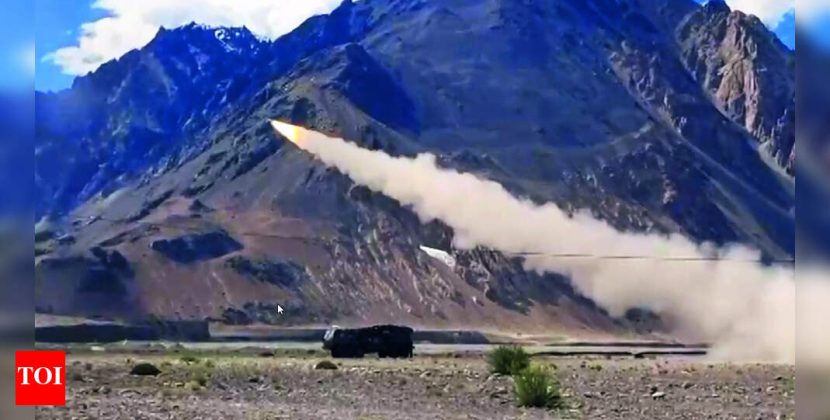
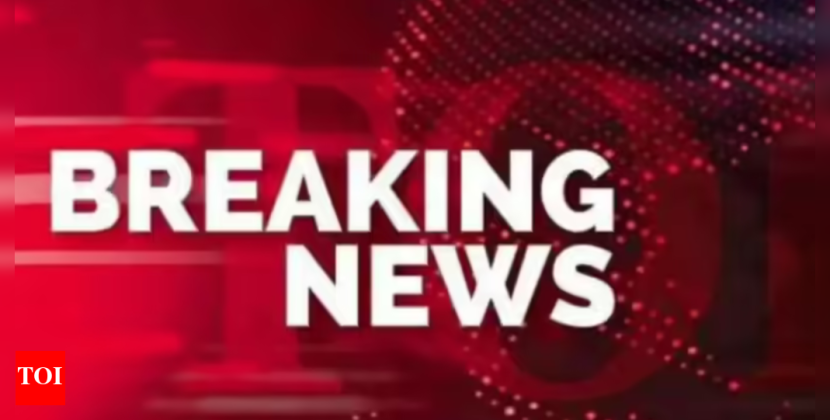





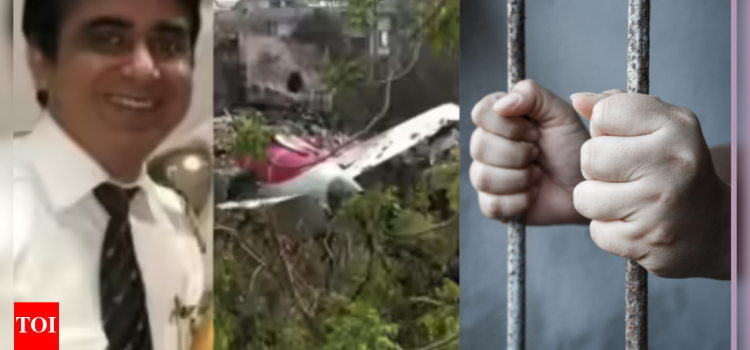
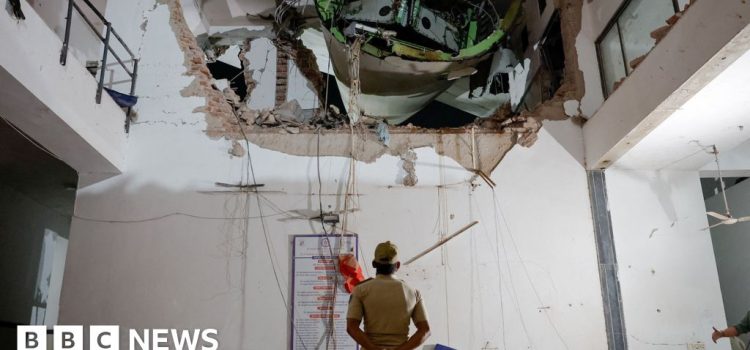
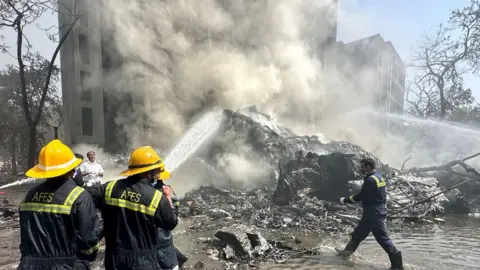

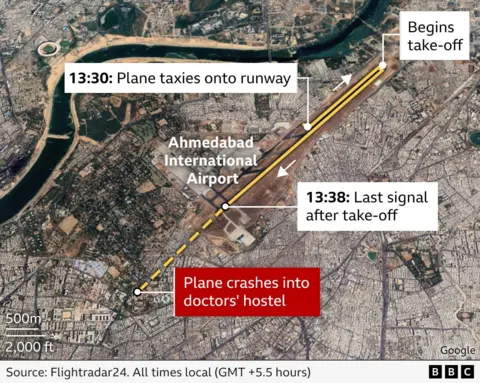
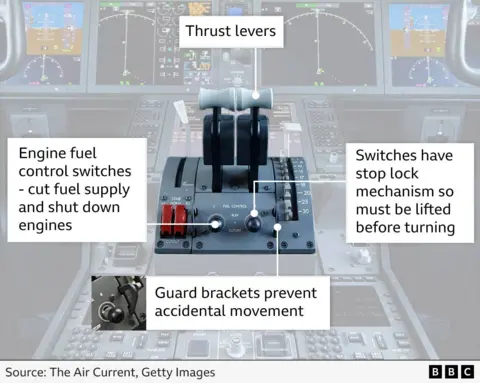
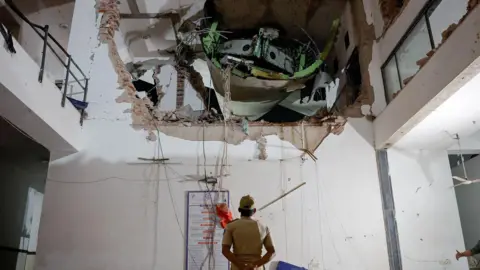
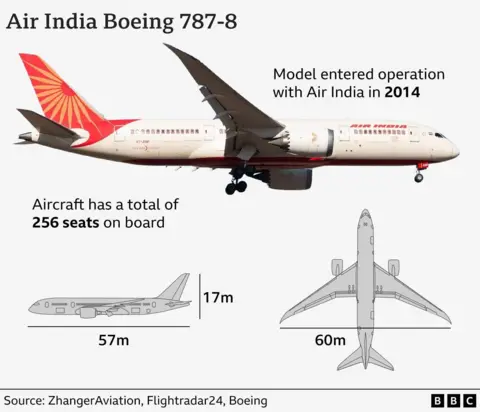
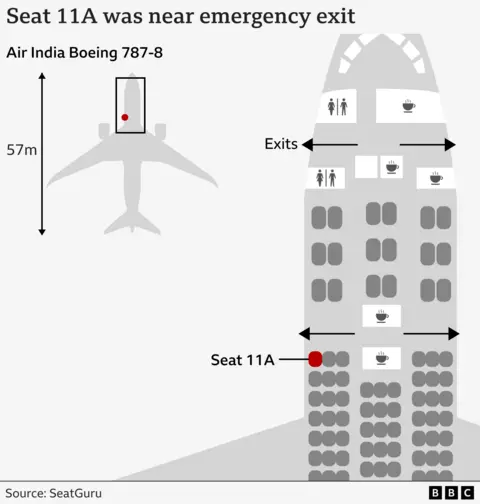
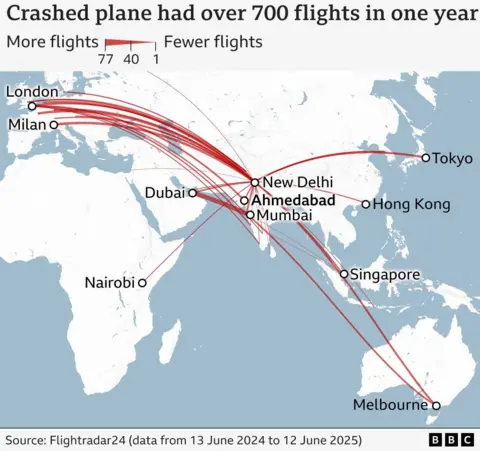
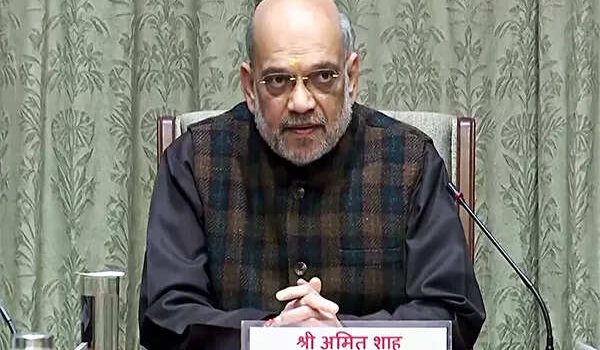
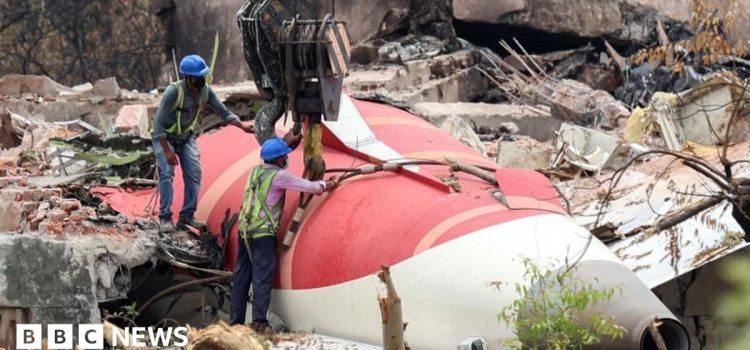
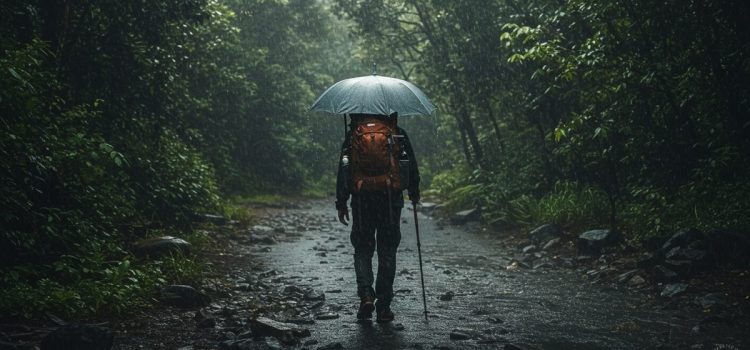

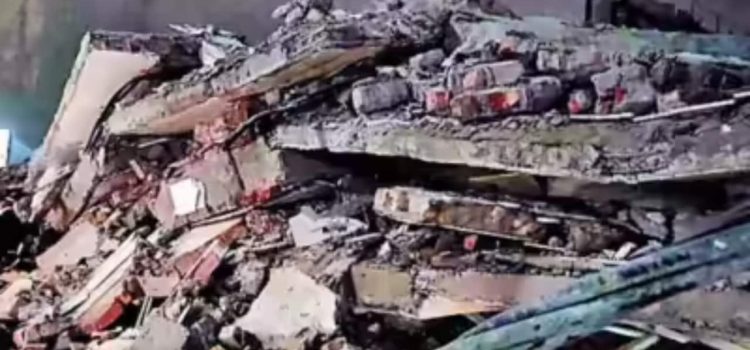
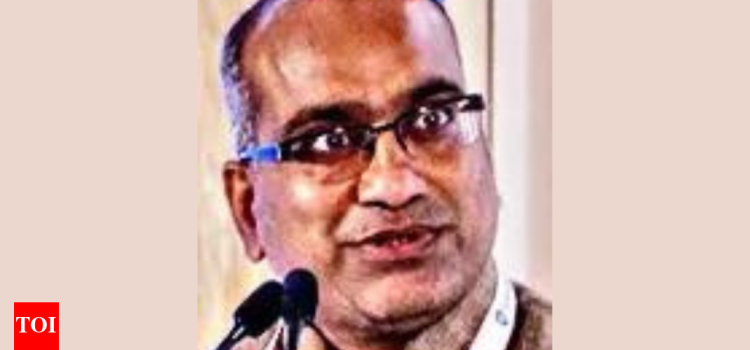
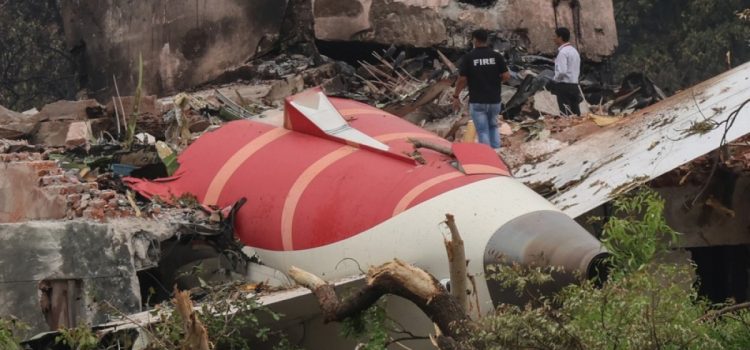
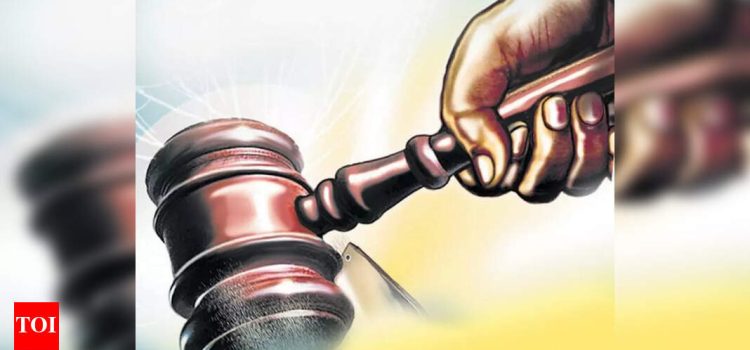


Comments